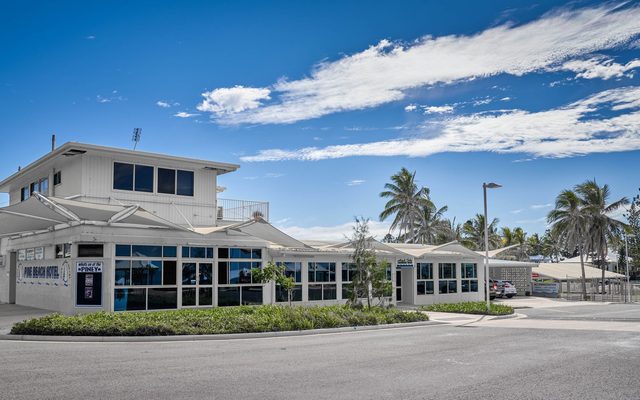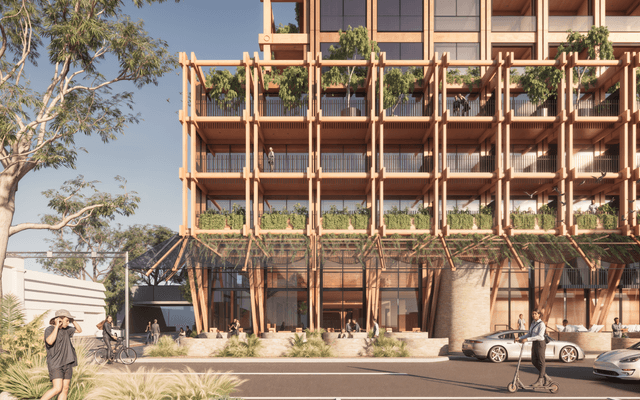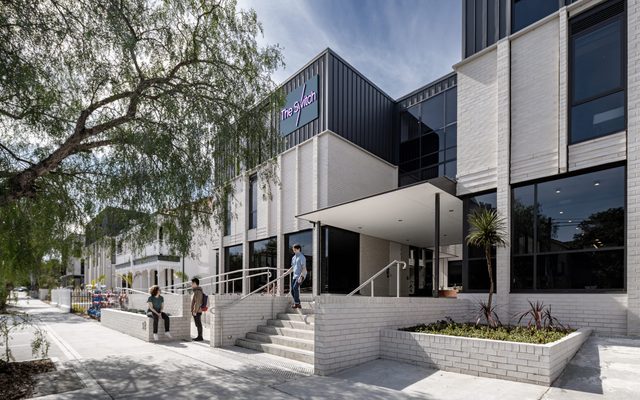This article is from the Australian Property Journal archive
EASING cost of living pressures, investing in housing and lifting migration were the signature pieces in Treasurer Jim Chalmers 2023-24 budget, which promises to help struggling households without stoking inflation.
Treasurer Chalmers who is the first Labor treasurer since Paul Keating to deliver a surplus, said his second budget is carefully calibrated to alleviate inflationary pressures, not add to them.
“Our policies to ease the pressure on households will take ¾ of a percentage point off inflation in 2023–24 – which is expected to fall from 6% this year to 3 ¼ % next year – returning to the RBA’s target band in 2024–25,” he said.
The $14.6 billion cost-of-living measures include a reduction in power bills for households and businesses; cheaper childcare and creating more affordable housing.
Energy bill relief
The government announced a $3 billion in direct energy bill relief for eligible households and small businesses, co-funded with the states.
More than 5 million households will have up to $500 deducted from their power bills in the next financial year, whilst small businesses will have up to $650 deducted.
Affordable housing
Following findings that renters get less attention than homeowners, the Treasurer announced increasing the maximum rates of Commonwealth Rent Assistance by 15%.
This will provide up to $31 extra a fortnight for people renting in the private market and community housing – the largest increase in more than 30 years.
It comes rents skyrocketed across the country.
According to new analysis by Homelessness Australia, to coincide with Youth Homelessness Matters Day, the cost of 50% of the rent for a two-bedroom apartment against the maximum payment of Youth Allowance combined with Commonwealth Rent Assistance (CRA) is unsustainable against the nation’s surging rents.
The report found Australians on Youth Allowance payments have just $13 a day left to cover all expenses after paying their share of a typical two-bedroom unit.
According to a recent report by Savvy, low-income Australian households would need 117% of income to pay rent, with 42% of all low-income earners currently in rental stress
| Date | Total weekly income young sharer (youth allowance + CRA) | Share of rent 2-bedroom unit (national) | Percentage income paid in rent | Weekly income left after paying rent |
| April, 2021 | $307.6 | $198 | 64% | $109.6 |
| September 2021 | $308.3 | $205 | 66% | $103.3 |
| January, 2022 | $317.2 | $208 | 66% | $109.2 |
| September, 2022 | $320.2 | $226.5 | 71% | $93.7 |
| January, 2023 | $336.4 | $236.5 | 70% | $99.9 |
| March, 2023 | $338.2 | $245.5 | 73% | $92.7 |
| Increase in 2 years | 10% | 24% |
Community housing
The government will also increase the liability cap of the National Housing Finance and Investment Corporation by $2 billion, to support more lending to community housing providers.
“But we know an essential part of the solution to pressures in the housing market is more homes for Australians,” he said. “We want more Australians to know the security of a roof over their head – which is why we’re also working with the states and territories to improve planning, build more houses and deliver a better deal for renters.”
The treasurer said the $10 billion Housing Australia Future Fund is also critical to the government’s plan to deliver more affordable housing.
Renewables and Sustainability
Russia’s invasion of Ukraine has also accelerate the world’s transition to clean energy to reduce the reliance on fossil fuel and reduce costs.
Chalmers said Australia’s biggest opportunity for growth and prosperity is the global shift to clean energy.
“These strategic investments will work in partnership: abundant, affordable renewable energy powering new jobs and new industry in our regions and suburbs,” he added.
The government will invest $2 billion in a new Hydrogen Headstart program, which will mean Wollongong, Gladstone and Whyalla, can make and export everything from renewable energy to green steel.
The budget also allocates $4 billion to realising Australia’s future as a renewable energy superpower – bringing the government’s total investment to more than $40 billion, this part of the $15 billion National Reconstruction Fund, to support the development of green industries, manufacturing and more.
As well as a new Capacity Investment Scheme that will unlock over $10 billion of investment in firmed-up renewable energy projects up and down our east coast.
Household Energy Upgrades Fund
The Government is creating the $1.3 billion Household Energy Upgrades Fund to provide low‑interest loans and fund upgrades to social housing to improve energy performance.
The fund will inject $1 billion into the Clean Energy Finance Corporation to unlock more than 110,000 low‑interest loans for energy‑saving home upgrades, in partnership with private lenders.
The Fund will also provide $300 million to partner with states and territories to make energy performance upgrades to social housing.
This energy investment in social housing is expected to cut the energy needed by 60,000 social housing properties by one‑third and give tenants savings on their energy bills.
Energy rating system
The government will improve the Nationwide House Energy Rating Scheme and expand it to existing homes, meaning people can soon get a star rating of their home’s energy performance.
Migration
With Australia’s migration returning with a vengeance post COVID, the government is also developing a migration strategy to address the labour and skill shortages in the country.
Australia is expected to welcome 400,000 people this year in net terms, driven by students coming into the country after the removal of COVID border controls, with another net surge of 315,000 next year.
“Our current migration system has developed through years of piecemeal change. It lacks direction, is complex, inflexible, and inefficient,” Chalmer said.
Under new strategy, the government will allocate around 70% of places in the 2023‑24 permanent Migration Program to skilled migrants, bringing long‑term fiscal and economic benefits and addressing persistent skill shortages.
Other measures include:
- an extra 2 years of post‑study work rights to Temporary Graduate visa holders with select degrees, to improve the pipeline of skilled labour in key sectors;
- increasing the Temporary Skilled Migration Income Threshold to $70,000 to ensure skilled migration settings are better targeted;
- exempting international students working in the aged care sector from the capped fortnightly work hour limit until 31 December 2023
- providing additional training places for Pacific Australia Labour Mobility scheme workers in priority sectors for the Pacific and Timor‑Leste and where there are job shortages in.
Cheaper Childcare
Building on the October budget which committed $531.6 million to deliver a more flexible and generous Paid Parental Leave scheme, from 1 July this year, the Parental Leave Pay and Dad and Partner Pay will combine into a single 20‑week payment.
A new family income test of $350,000 per annum will see nearly 3,000 additional parents become eligible for the entitlement each year.
The government has committed to increase Paid Parental Leave to 26 weeks by 2026.





